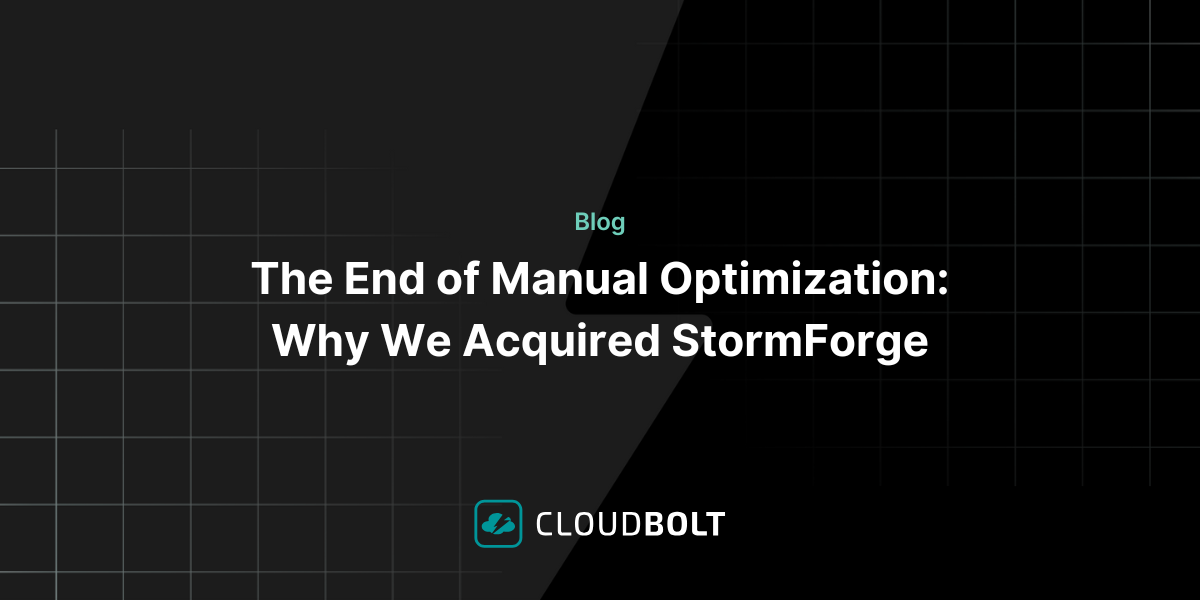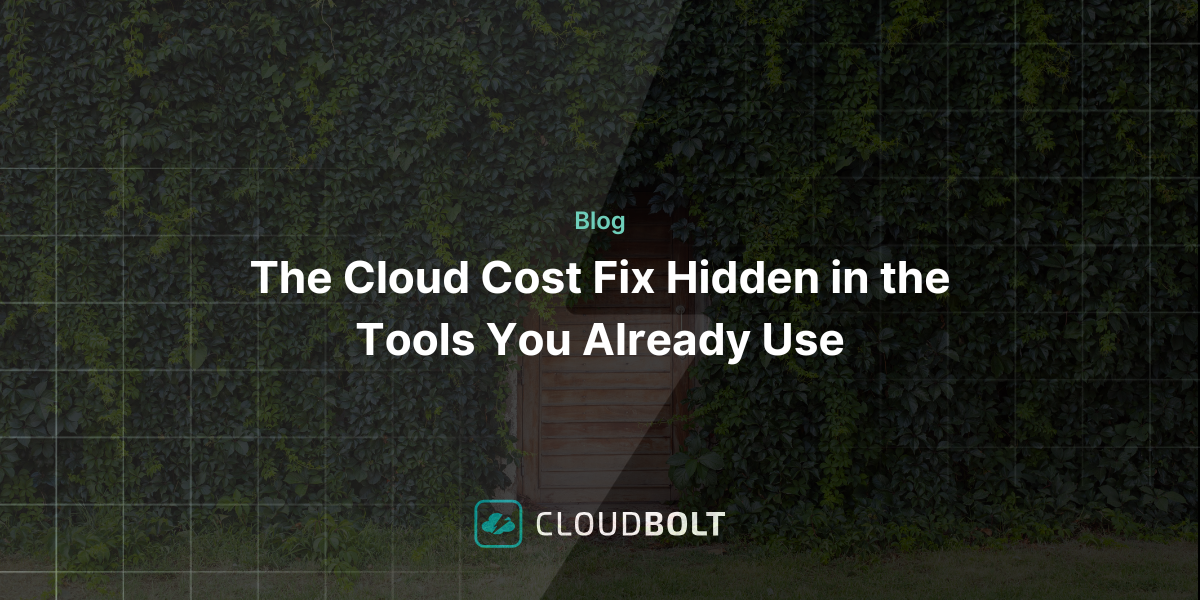The 3 Main Components of Azure Backup Pricing
For enterprises utilizing Microsoft Azure in their environments, Azure Backup can be a critical asset for ensuring your cloud services run smoothly and access is consistent. Azure Backup has a centralized interface for managing backups for numerous enterprise services spanning several providers, including:
- Azure Managed disks
- Azure File Shares
- SQL Server Databases
- SAP HANA databases
- SharePoint, Exchange, Hyper-V workloads
- VMware and bare metal machines
Pricing can get complicated for Azure Backup, so it’s important to have as many relevant facts at your disposal when you’re sorting it out.
What Components Influence Azure Backup Pricing?
There are three main components that drive the cost of Azure Backup pricing:
- Fixed service cost: This cost is incurred regardless of the amount of data or bandwidth consumed.
- Storage: This cost is based on how much data you store and depends on backup sizes, retention periods, the frequency of your backup schedule, and storage types.
- Average daily data churn: This cost is based on how often your data changes.
The Azure Pricing Calculator allows you to configure the various cost elements to determine your approximate Azure Backup costs. However, as multiple variables contribute to the total cost, using the Azure Backup pricing estimator offers greater accuracy. This Excel-based worksheet tool also provides accurate Azure Backup cost estimates for the various workloads protected by this service.
To learn more about how this works, check out the Microsoft Azure Backup Pricing article in our Guide to Azure Cost Optimization.
Get your Azure costs under control. Learn how CloudBolt solutions can help.
Related Blogs

The End of Manual Optimization: Why We Acquired StormForge
Today is a big day for CloudBolt—we’ve officially announced our acquisition of StormForge. This marks a major milestone for us…

